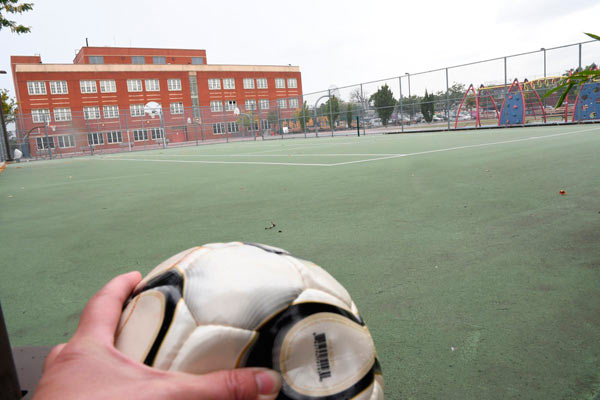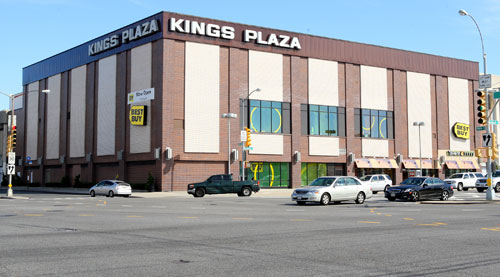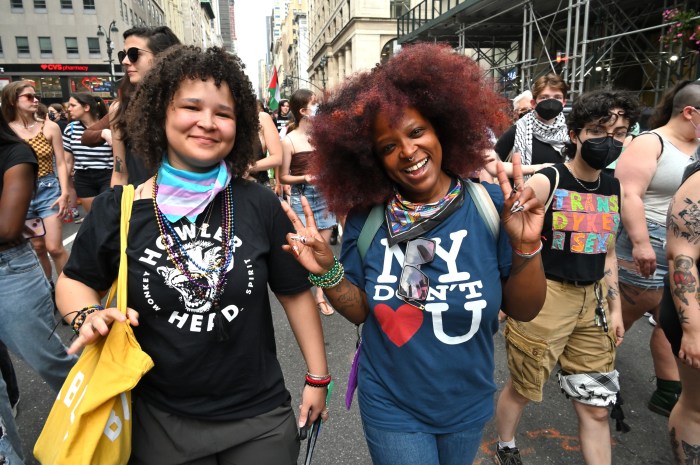A community board representing historically white southern Brooklyn neighborhoods including Mill Basin, Marine Park, Bergen Beach, and Canarsie has undergone a rapid demographic shift over the past two decades, transforming from a civic organization with only a small minority element to a group with a solid black majority, according to its first Carribean chairman.
“When I joined the community board, I could count on my fingers how many black members we had,” said Gardy Brazela, a Haitian immigrant, who signed on as a member of Community Board 18 in 1998. “So, we have come a long way.”
When Brazela joined the civic organization — which is responsible for the advising the city and state on various issues, including liquor license applications and zoning variances, in addition to providing feedback on public works within the community — there were only two other black civic gurus among the 50 volunteer members serving Community Board 18, a disparity that can be blamed on the then small minority population dwelling within the district, according to Councilman Alan Maisel.
“The community board has become much more diverse by virtue of the communities that are moving in,” Maisel said. “The demographics have changed and therefore the representation of the community has changed.”
According to a 2017 report released by Comptroller Scott Stringer’s office, the population of white residents living in Community Board 18 plummeted by 29 percent from 2000 to 2015, while the area’s black population grew by a whopping 40 percent during that time.
And throughout that period of rapid change, the community board was not always reflective of its new constituency, according to Brazela. In 2018 only 49-percent of board members were black, while the area’s African-American and Caribbean populations had ballooned to represent 62-percent of residents living within the area, data shows.
That disparity is becoming less pronounced by the year, however, and today black volunteers represent 58-percent of the board’s total membership, according to Brazela, who said he looks forward to making the board even more representative of the district.
“It’s a fact that the community was not well-represented,” Brazela said. “Now, we have better representation than before. But can we do better, yes we can.”
In addition to providing residents a platform to petition the city, community boards often serve as a gateway to elected office. Among the two other black board members who served with Brazela in 1998 was a young Jumaane Williams, then only 21 years old, who would go on to become councilman representing Canarsie, and later the city’s Public Advocate.
Now Brazela, more than a year after he replaced longtime chairman Saul Needle to become the board’s head honcho in 2019, is pursuing his own Council run, this time angling for the seat Maisel will vacate when he’s term limited at the end of 2021.
If elected, he would become the 46th Council District’s first black representative.
“I want to be a councilman for all the people of my district, whether you are black, white, Asian, you name it. That is the way it is supposed to be,” Brazela said. “I will be there to serve all of the people in my district.”

















